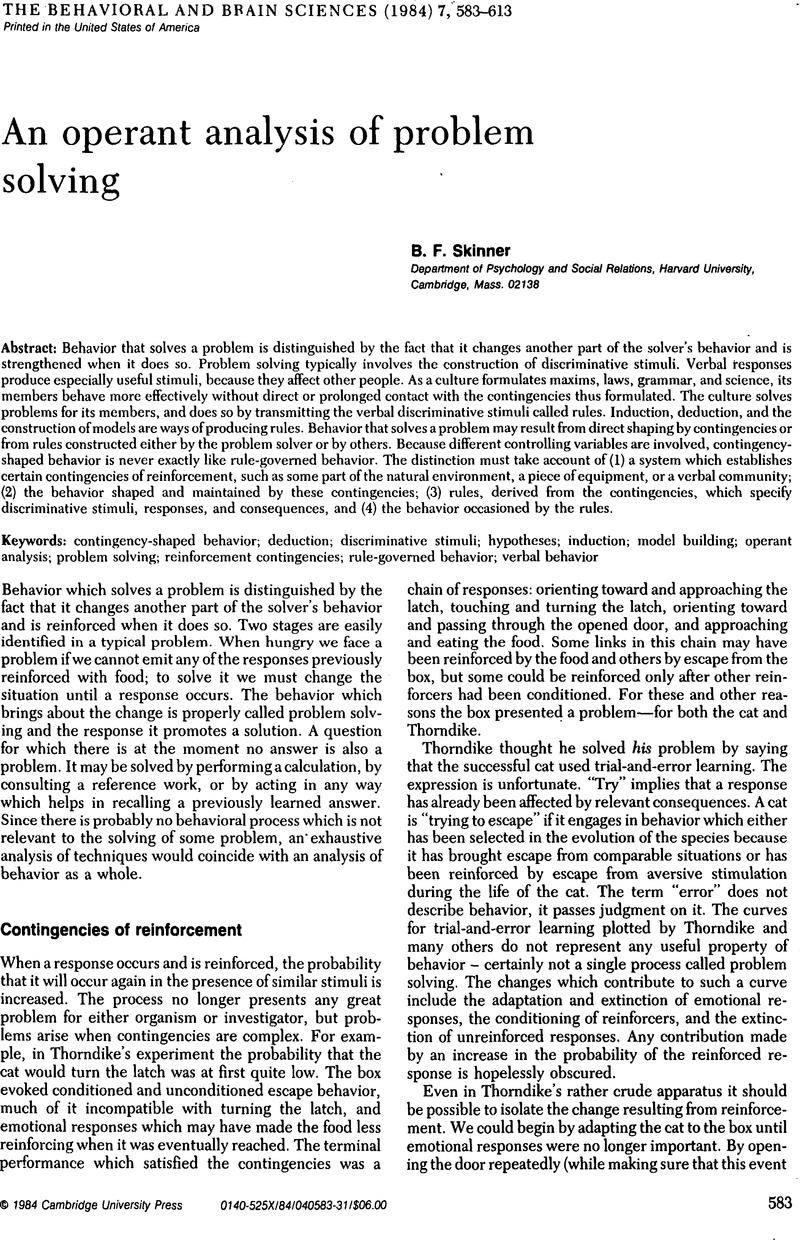Crossref Citations
This article has been cited by the following publications. This list is generated based on data provided by Crossref.
Julià, Pere
2015.
Towards the Future of Fuzzy Logic.
Vol. 325,
Issue. ,
p.
1.



